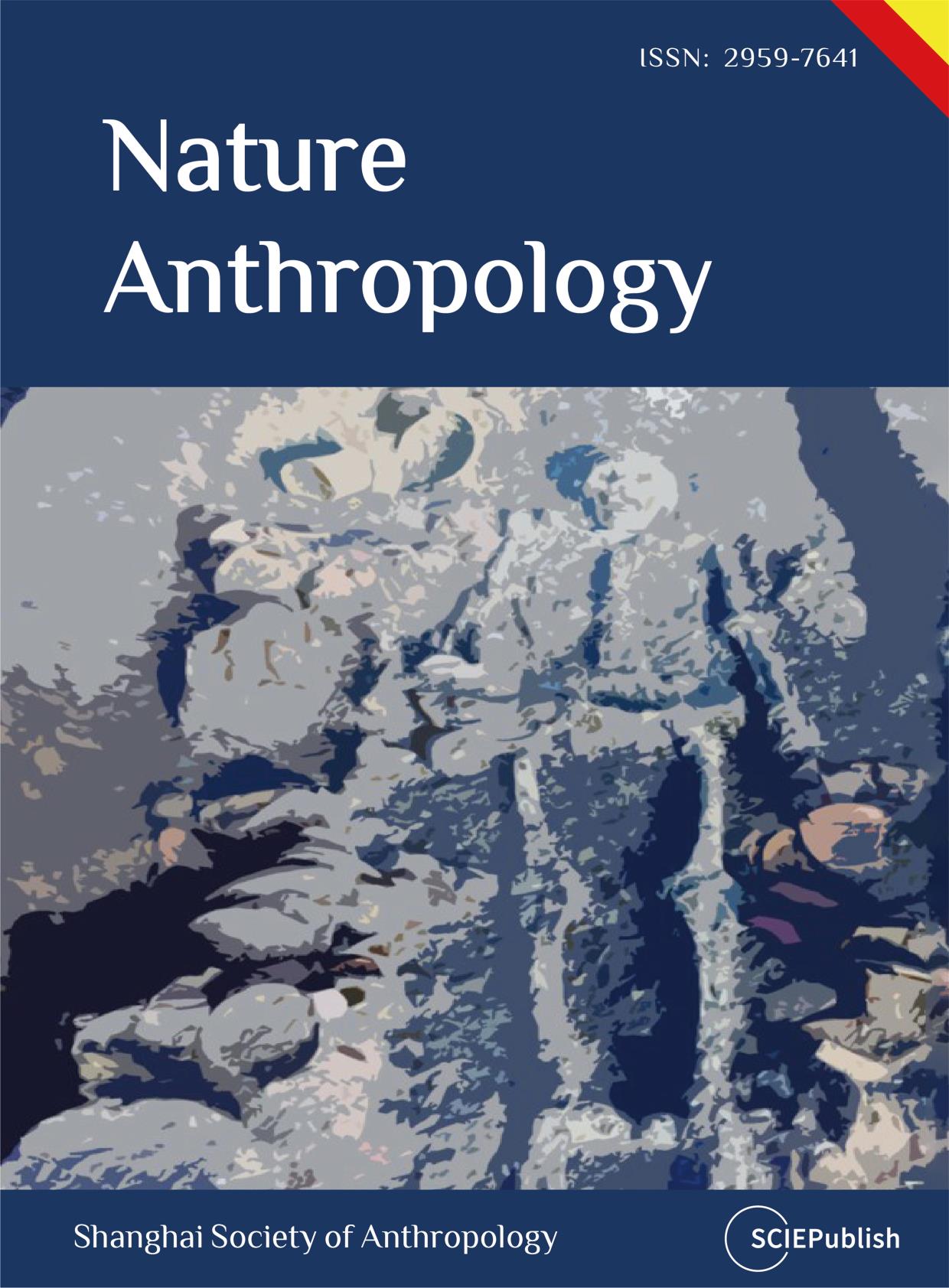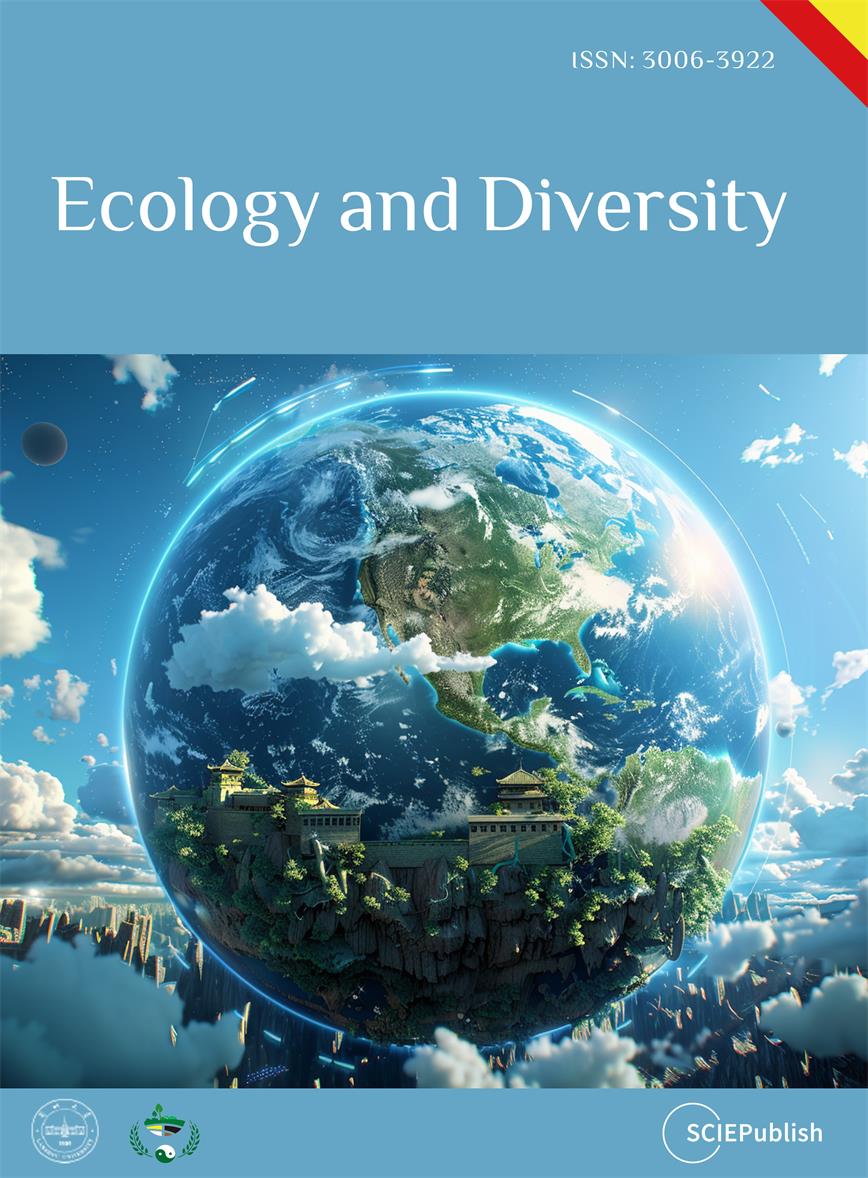Found 297 results
Article
16 January 2024A Position-based Hybrid Routing Protocol for Clustered Flying Ad Hoc Networks
Unmanned aerial vehicles (UAVs) have been used to establish flying ad hoc networks (FANETs) to support wireless communication in various scenarios, from disaster situations to wireless coverage extensions. However, the operation of FANETs faces mobility, wireless network variations and topology challenges. Conventional mobile ad hoc network and vehicular ad hoc network routing concepts have rarely been applied to FANETs, and even then they have produced unsatisfactory performance due to additional challenges not found in such networks. For instance, position-based routing protocols have been applied in FANET, but have failed to achieve adequate performance in large networks. Clustering solutions have also been used in large networks, but with a significant overhead in keeping track of the complete topology. Hence, to solve this problem, we propose a hybrid position-based segment-by-segment routing mechanism for clustered FANETs. This approach facilitates traffic engineering across multiple wireless clusters by combining position-based inter-cluster routing with a rank-based intra-cluster routing approach capable of balancing traffic loads between alternative cluster heads. Simulation results show that our solution achieves, on average, a lower power consumption of 72.5 J, a higher throughput of 275 Mbps and a much lower routing overhead of 17.5% when compared to other state-of-the-art end-to-end routing approaches.

Article
11 January 2024Plant Proteins Availability in Europe and Asia: A Causality Analysis of Climate, Demographics, and Economic Factors
The article examines the availability of plant-based proteins in Europe and Asia, considering the challenges posed by climate, demographics, and economics. The availability of these proteins is crucial given the growing impact of climate, economic, and social variables. Indeed, these factors play a decisive role in the production and accessibility of plant-based proteins across countries. The study employed a causality analysis method using regression models to determine the relative impact of these factors on protein availability. Two indicators were prioritized: total national production and the daily accessible quantity per person. This approach made it possible to construct hypothetical trajectories, showcasing the interrelations between the different variables. The results show that the availability of plant-based proteins varies across regions. Factors such as rising temperatures, increasing pollutants, and rising prices of plant proteins are particularly concerning. In this context, legumes appear as a promising alternative. They offer resilience against climatic variations while being an excellent protein source. The findings also encourage rethinking our consumption. Meat, with its significant ecological footprint, should see its consumption decrease in favor of plant-based proteins, ensuring a more sustainable diet. To facilitate this transition, the importance of appropriate public policies and incentives for producing and consuming plant proteins is emphasized.

Perspective
05 January 2024The Future of Artificial Intelligence Will Be “Next to Normal”—A Perspective on Future Directions and the Psychology of AI Safety Concerns
This paper introduces the AI “next to normal”-thesis, suggesting that as Artificial Intelligence becomes more ingrained in our daily lives, it will transition from a sensationalized entity to a regular tool. However, this normalization has psychosocial implications, particularly when it comes to AI safety concerns. The “next to normal”-thesis proposes that AI will soon be perceived as a standard component of our technological interactions, with its sensationalized nature diminishing over time. As AI’s integration becomes more seamless, many users may not even recognize their interactions with AI systems. The paper delves into the psychology of AI safety concerns, discussing the “Mere Exposure Effect” and the “Black Box Effect”. While the former suggests that increased exposure to AI leads to a more positive perception, the latter highlights the unease stemming from not fully understanding its capabilities. These effects can be seen as two opposing forces shaping the public’s perception of the technology. The central claim of the thesis is that as AI progresses to become normal, human psychology will evolve alongside with it and safety concerns will diminish, which may have practical consequences. The paper concludes by discussing the implications of the “next to normal”-thesis and offers recommendations for the industry and policymakers, emphasizing the need for increased transparency, continuous education, robust regulation, and empirical research. The future of AI is envisioned as one that is seamlessly integrated into society, yet it is imperative to address the associated safety concerns proactively and not take the normalization effects take ahold of it.

Review
29 December 2023A State-of-the-art Review on the Intelligent Tool Holders in Machining
In the manufacturing process, in addition to the properties of material itself, the quality of a product is directly related to the cutting process. Cutting force and cutting heat are two crucial factors in cutting processing. Researchers can analyze various signals during cutting process, such as cutting force signal, vibration signal, temperature signal, etc., which can regulate force and temperature, optimize the cutting process, and improve product quality. Therefore, it is very important to pay attention to various signals in cutting process. Meanwhile, good-quality signal data sets will greatly reduce time, resource and labor costs for subsequent use or analysis of researchers. Therefore, how to collect high-quality signals effectively and accurately is the first step. At present, researchers prefer to use various sensors to collect signals. With the advancement of science and technology, intelligent tool holder appears in researchers’ vision. It integrates multiple systems such as sensors, data collection, data transmission, and power supply on the tool holder. It replaces traditional wired sensors, and it is highly interactive with CNC machine tools. This paper will carry out a systematic review and prospect from three aspects: the structural design of the intelligent tool holder, the signal monitoring technology of the intelligent tool holder, and the tool condition monitoring of the intelligent tool holder.

Perspective
29 December 2023
Review
27 December 2023Deciphering the Code of Pattern Formation: Integrating In Silico and Wet Lab Approaches in Synthetic Biology
Pattern formation is a fundamental process in biological development, enabling the transformation of initially uniform or random states into spatially ordered structures. A comprehensive understanding of the formation and function of these patterns is crucial for unraveling the underlying principles of biological design and engineering. In recent years, synthetic biology has emerged as a powerful discipline for investigating and manipulating pattern formation in biological systems, involving the design and construction of novel biological components, circuits, and networks with specific functionalities. The integration of computational simulations (in silico) and experimental techniques (wet lab) in synthetic biology has significantly advanced our knowledge of pattern formation and its implications in biological design and engineering. This review provides an overview of the computational simulations employed in studying pattern formation and introduces the representative and cutting-edge experimental methods utilized in wet labs.

Perspective
26 December 2023
Review
21 December 2023TANGO1 Dances to Export of Procollagen from the Endoplasmic Reticulum
The endoplasmic reticulum (ER) to Golgi secretory pathway is an elegantly complex process whereby protein cargoes are manufactured, folded, and distributed from the ER to the cisternal layers of the Golgi stack before they are delivered to their final destinations. The export of large bulky cargoes such as procollagen and its trafficking to the Golgi is a sophisticated mechanism requiring TANGO1 (Transport ANd Golgi Organization protein 1. It is also called MIA3 (Melanoma Inhibitory Activity protein 3). TANGO1 has two prominent isoforms, TANGO1-Long and TANGO1-Short, and each isoform has specific functions. On the luminal side, TANGO1-Long has an HSP47 recruitment domain and uses this protein to collect collagen. It can also tether its paralog isoforms cTAGE5 and TALI and along with these proteins enlarges the vesicle to accommodate procollagen. Recent studies show that TANGO1-Long combines retrograde membrane flow with anterograde cargo transport. This complex mechanism is highly activated in fibrosis and promotes the excessive deposition of collagen in the tissues. The therapeutic targeting of TANGO1 may prove successful in the control of fibrotic disorders. This review focuses on TANGO1 and its complex interaction with other procollagen export factors that modulate increased vesicle size to accommodate the export of procollagen.

Article
20 December 2023Serine Integrase-based Recombination Enables Direct Plasmid Assembly In Vivo
Serine integrases are emerging as one of the powerful tools for synthetic biology. They have been widely developed across genome engineering, biological part construction, genetic circuit design, and in vitro DNA assembly. However, the strategy of in vivo DNA assembly by serine integrases has not yet been reported. To address this opportunity, here we developed a serine integrase-based in vivo DNA (plasmid) assembly approach. First, we demonstrated that the engineered “Acceptor” plasmids could be assembled with diverse “Donor” plasmids by serine integrases (Bxb1 and phiC31) in Escherichia coli (E. coli). Then, by programming the “Donor” plasmids and the host E. coli cells, we established an assembly cascade procedure and finally constructed plasmids that could constitutively express three different fluorescent proteins. Moreover, we used this approach to assemble different chromoprotein genes and generated colored E. coli cells. We anticipate that this approach will enrich the serine integrase-based biotechnology toolbox, and accelerate multiple plasmid assembly for synthetic biology with broad applications.

